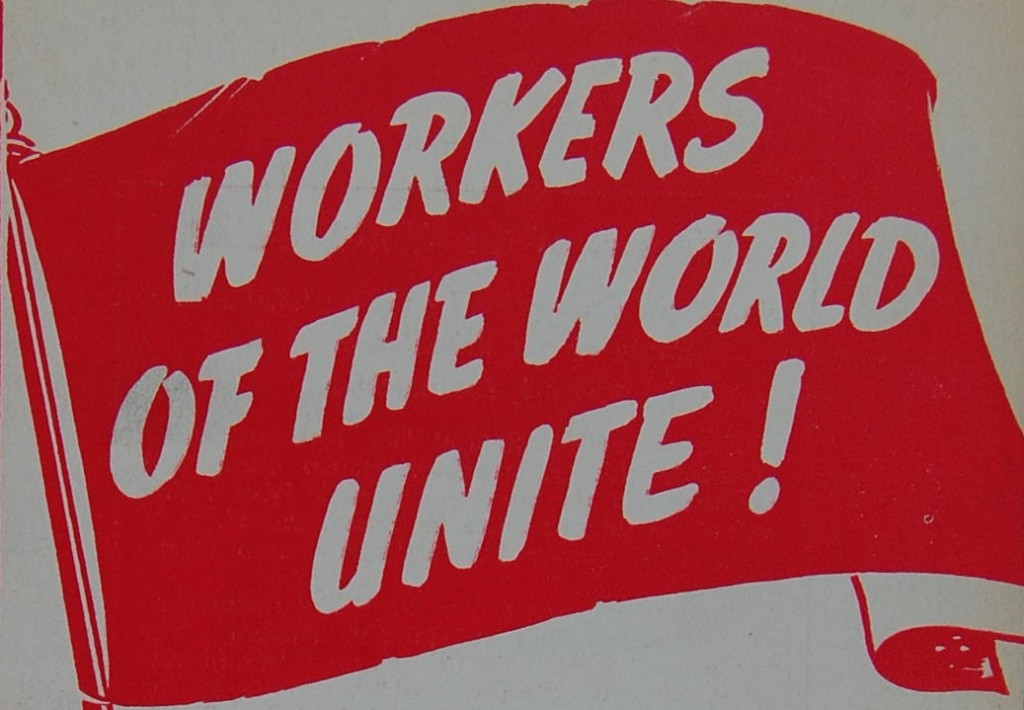Workers of the World, Unite!
Since the late 1800s May Day—the first of May and a traditional European spring celebration—has been recognized as International Workers Day. It’s a time to celebrate working people and the possibilities for international solidarity. On May Day 2015, the state of workers looks rather grim: expanding inequality, increasing fiscal austerity, and degrading working conditions. Amid these negative trends, though, there are glimmers of hope as global workers organize and mobilize to assert their rights, curtail corporate power, and create a more equitable world.
To mark May Day, we are exploring issues of inequality, labor, and social movements in a three-part series.
Part I: The U.S. & Inequality
Deregulation, privatization, and declining unionization have exacerbated the gulf between rich and poor in the past 50 years. Researchers have documented how much of the increase in wage inequality is due to the weakening of policies and institutions that have historically protected and empowered workers—unions, minimum wage laws, unemployment insurance, and labor law—in addition to structural changes in the economy and labor market.
- ChangHwan Kim and Arthur Sakamoto. 2010. “Assessing the Consequences of Declining Unionization and Public-Sector Employment: A Density-Function Decomposition of Rising Inequality From 1983 to 2005.” Work and Occupations 37(2):119–61.
- Bruce Western and Jake Rosenfeld. 2011. “Unions, Norms, and the Rise in U.S. Wage Inequality.” American Sociological Review 76(4):513–37.
- Winfried Koeniger, Marco Leonardi, and Luca Nunzjata. 2007. “Labor Market Institutions And Wage Inequality.” Industrial and Labor Relations Review 60(3):340–56.


Comments